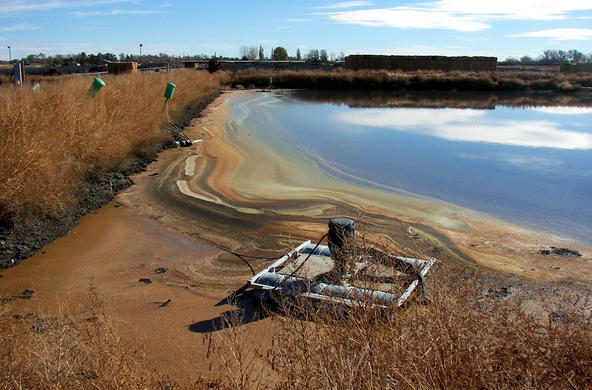
Most of us don’t spend a lot of time thinking about our wastewater. We want our toilets to flush and our dirty wash water to go down the drain. We assume this water is efficiently routed to a treatment facility, where it is cleaned up and returned to the environment. But reality doesn’t measure up to our expectations.
Our nation’s wastewater infrastructure is aging and in disrepair. More than 700,000 miles of public sewer mains are tasked with handling our dirty water. The last major investment in this essential infrastructure happened after World War II.
In 2013, the American Society of Civil Engineers issued a report card on the state of America’s Infrastructure; our wastewater system received a D-. Fixing the problem will cost some $300 billion dollars over the next two decades, with the bulk of funds allocated to pipe replacement.
Leaky pipes and inadequate capacity currently result in 900 billion gallons of raw sewage entering the environment each year. A 2009 Environmental Protection Agency report assessed 16% of America’s stream miles and found 36% were unfit for use by fish and wildlife, 28% were unfit for recreation, and 18% were unfit for use as a public water supply.
Emma Rosi is a Freshwater Ecologist at the Cary Institute.
“A lot of times, the wastewater infrastructure – we don’t notice it until there’s sewage backing up into our basements – but that doesn’t necessarily mean it’s not leaking out somewhere into the environment. If we invest in it, we can do a much better job of keeping our waterways healthy, which is why we have this wastewater infrastructure in the first place.”
Produced in collaboration with WAMC Northeast Public Radio, this podcast originally aired on May 18, 2015. To access a full archive of Earth Wise podcasts, visit: www.earthwiseradio.org.
Photo courtesy of Daniel Ramirez.






